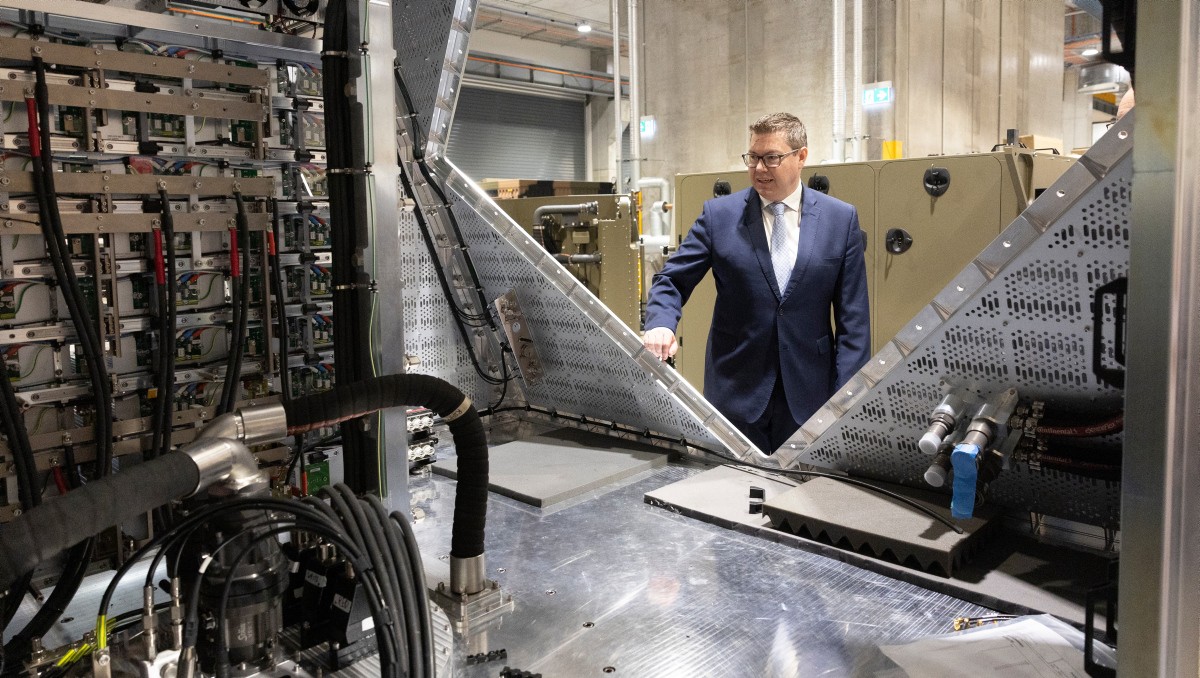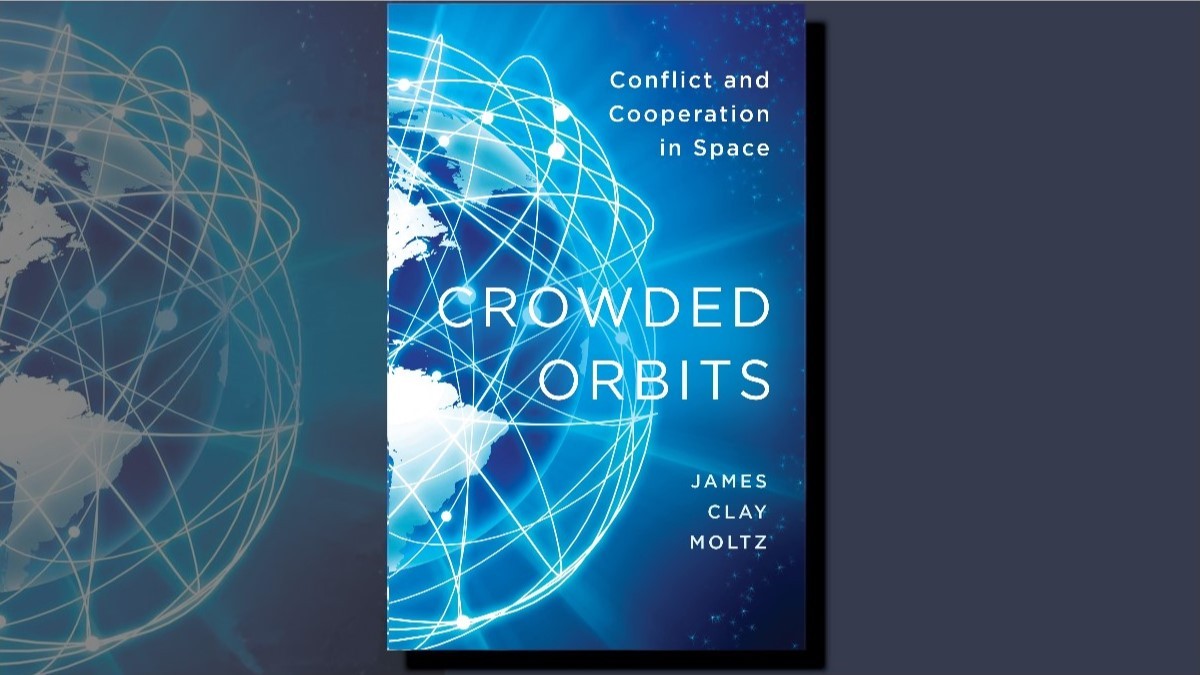Future Army, Future Soldier: What is the ‘Soldier of the 21st Century’?
Abstract
New information technologies are challenging the way we organise and operate, and our soldiers are facing greater ambiguity and scrutiny. This article examines the way we intend to help prepare ourselves for these two major challenges.
The extraordinary improvements in information technologies are affecting almost every part of our lives. In particular, connections between individuals, groups and societies are intensifying. The ability of new machines to collect, store and move information around means that traditional organisational structures are less relevant.
More often than not we are not making best use of the new technology. For example, the speed at which information moves up and down our formal chains of command usually comes a poor second to the speed that is achieved by the media, by the informal networks used by our own people, and sometimes even by the enemy. This is because networking is as much a social thing as it is technological.
Some of our traditional lock-step processes that we use for handling information are inhibiting us. We need new processes and innovative people who can exploit the power of these new technologies.
At the same time our people are facing more ambiguity and greater scrutiny. More often than not our enemies do not look like combatants and they blend into local populations. In a time of crisis, our soldiers’ smallest moves are intensely scrutinised by the media. Moreover, possibly because of the technology they possess, some commentators assume that our soldiers also have perfect situational awareness. We need to equip our people to deal with these situations. We still have soldiers who are unprepared for close combat. We still have soldiers who are not ready for the physical and mental demands that will be placed on them.
Our people have been tested during recent crises in Iraq, Afghanistan and East Timor. They have responded well. We now need to build on those successes because the difficulty of our work will keep growing. Our successes in the future will come as much from our people’s capacity for inventiveness and problem solving as from technology alone.
For a long time we’ve talked about need to be able to reorganise quickly. We’ve talked about and written about the need to move away from the idea of infantry battalion groups to be able to form combined arms battlegroups and task-organised units. Our recent deployments to the Middle East and the near region have shown that we can do this well. However, we are still having trouble keeping the information flowing around our organisations at the speed we need.
We expect Australian soldiers to be adaptive, competent, confident, self-aware, resilient and innovative. We expect our soldiers to act out our values of courage, initiative and teamwork.1 We don’t get these characteristics by writing papers and giving lectures. We will get them by creating habits of behaviour in our people; habits that through long practice and frequent use will serve them well in difficult times. And we must teach and reward the behaviour we expect.
We have defined nine types of behaviour that, when well-established across our Army, will create the culture we need:
- Every soldier is an expert in close combat. The confused battlefield and the array of threats that our soldiers will face means that there are no secure areas. Every soldier needs to be able to fight in close combat.
- Every soldier is a leader. In day-to-day activities and on operations, soldiers will need to take charge of themselves and lead their peers.
- Every soldier is physically tough. The physical demands of operations and daily life require resilience and endurance.
- Every soldier is mentally prepared. The intellectual and emotional demands of operations and daily life demand psychological endurance.
- Every soldier is committed to continuous learning and self-development. From the day they join the Army, soldiers will have to be encouraged to take up opportunities to develop their knowledge and skills.
- Every soldier is courageous. The combination of intrinsic values and shared ethos ensures that soldiers have the courage to face uncertainty and make the hard decisions required by complex warfighting. This includes the moral courage to do what is right.
- Every soldier takes the initiative. Our small teams operations and the complex terrain we will work in demand that soldiers be able to act independently and without prompting. Soldiers need to remain aware of the plan at the higher level in order to exploit fleeting opportunities and assist flanking teams in achieving success.
- Every soldier works for the team. Each soldier shares responsibility for his or her team and for the achievement of the team’s mission. Soldiers understand that they do not face danger alone. They must rely on the team just as the team relies on them.
- Every soldier demonstrates compassion. Soldiers will need to show compassion and empathy both in barracks and when deployed on operations.2
Just as a professional sportsman or musician needs to study and practice constantly, so do we. Our skills are perishable. Knowledge is coarse and life is subtle and we must be able to deal with the world as we find it. We must remain committed to constant development and preparation, which is the essence of professionalism. We must master the nine behaviours. The six-time winner of the Tour de France, Lance Armstrong, was right when he wrote that: ‘You aren’t born a professional. You have to turn yourself into one’.3
Our education provides a foil for rigid adherence to routine procedure and doctrine. The ability of our people to account for differences in perspective and to communicate effectively across specialist backgrounds will be critical to our future. We have shown great willingness to develop empathy with people from all cultures. At all levels our people will need continuing education to remain skilful in current practice but also to be aware of orthodoxy’s limits.
As things are now, common training and education does much for the relationships across the three Services. Joint education, joint exercises and operational deployments are building cohesion and trust. But the future demands an even broader social horizon for our people. We now need to work as closely with other parts of our Government, with private contractors and with non-government organisations. We must consider how to include industry and other government agencies in our preparation, training and education. The ‘typical’ operation, if it exists, will include a mix of people that, organisationally and individually, we need to be ready to work with. We need to know them and they need to know us.
In the future, our Nation will demand a great deal of the Army. Technology will deliver wonderful opportunities, but disappointment awaits unless we combine the technology with the skills and creativity of our people. Our true capability advantage is in areas that others cannot readily copy—our culture and our people. Understanding who we are, what we stand for, and what we can do is the wellspring of morale, cohesion, resilience and success on the battlefield. This is our fundamental source of competitive military advantage. This will be the essence of the campaign that we are calling the ‘Soldier of the 21st Century’.
The questions we ask ourselves will shape our plans for the future. At a time when we are busy with operational commitments it is natural to focus on the immediate problems. But to realise the full promise of the Hardened and Networked Army we have to keep asking the difficult long-term questions about our people, our organisations and ourselves. Our future will not be realised through a single initiative or major shift in our approach to training, education or employment. It will be a journey of small deliberate steps— a journey we have already begun. Combined, these small changes will have far-reaching effects on the Army and our people.
Endnotes
1 Speech by the Chief of the Army Lieutenant General P.F. Leahy, AO, to Command and Staff College, Weston Creek, 9 February 2005, <http://www.defence.gov.au/Army/PUBS/CAspeeches/CA%20Speech%20-%20ACSC%2…;
2 Chief of Army Directive 01/06, ‘Developing the Australian Soldier of the 21st Century’, available online at: http://www.defence.gov.au/army/lwsc/Publications/Soldier_21stC.pdf
3 Lance Armstrong, Tour de force, HarperCollins, Sydney, 2005, p. 152


